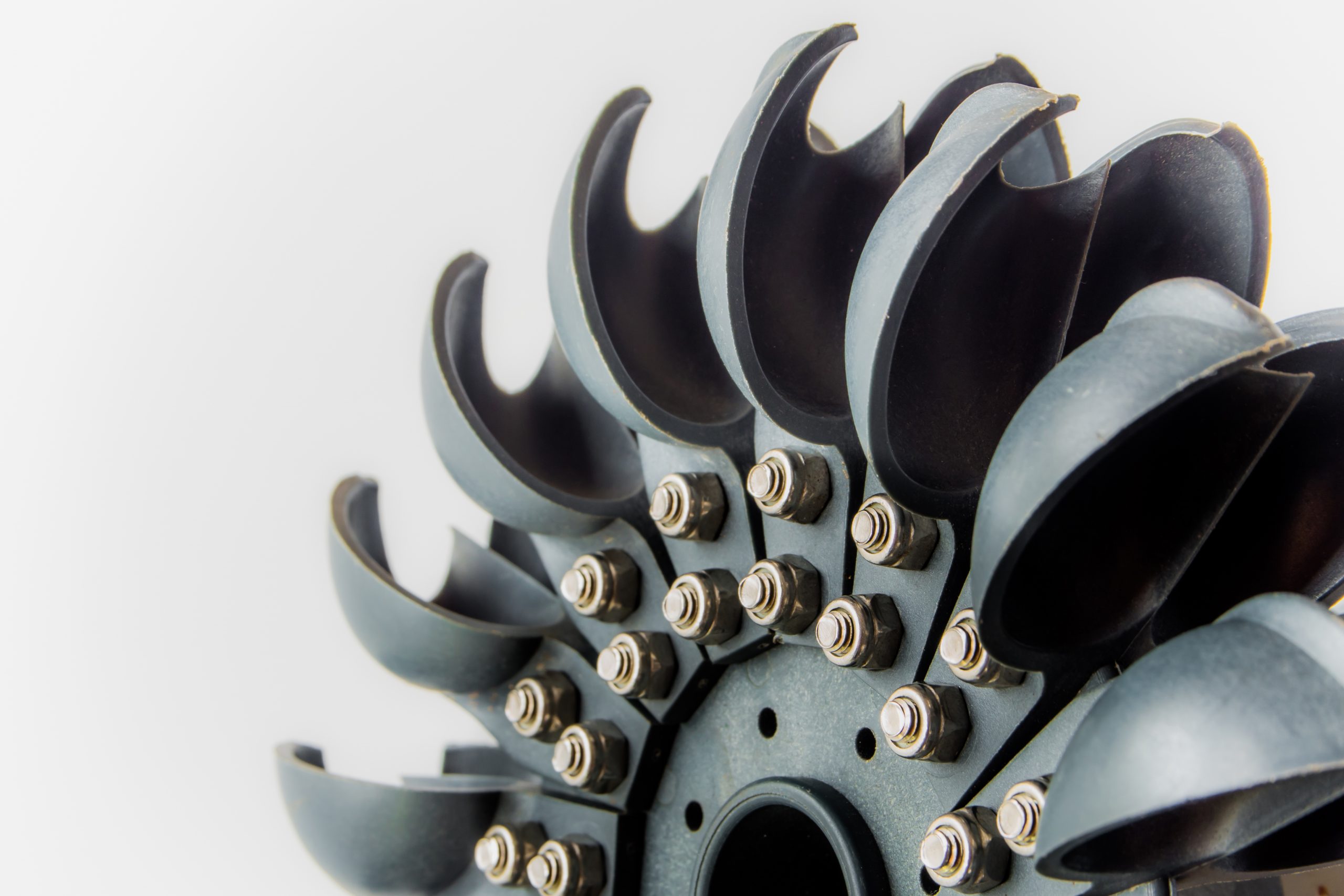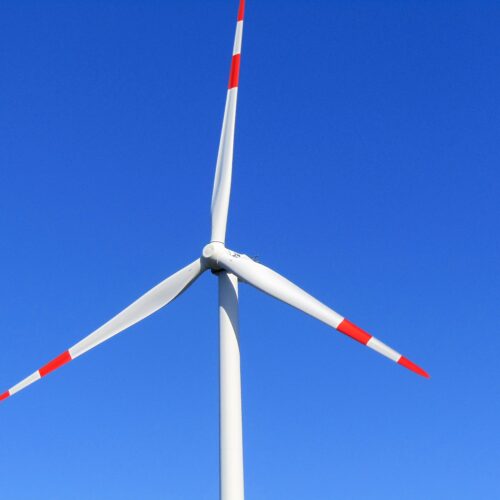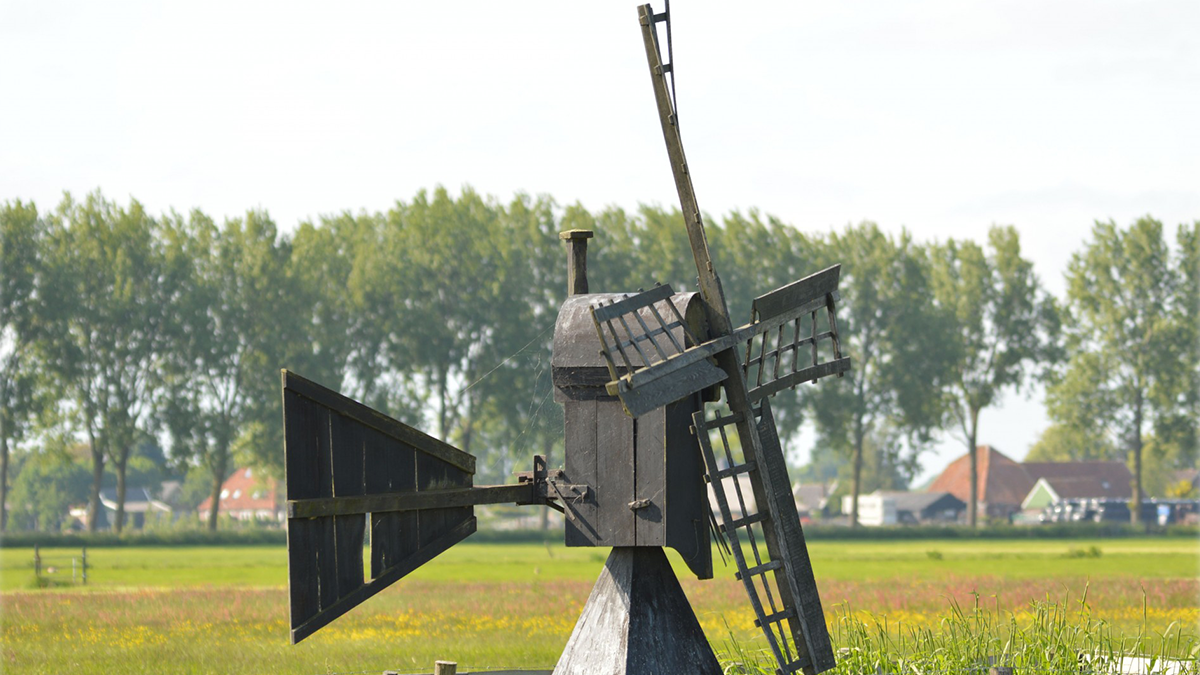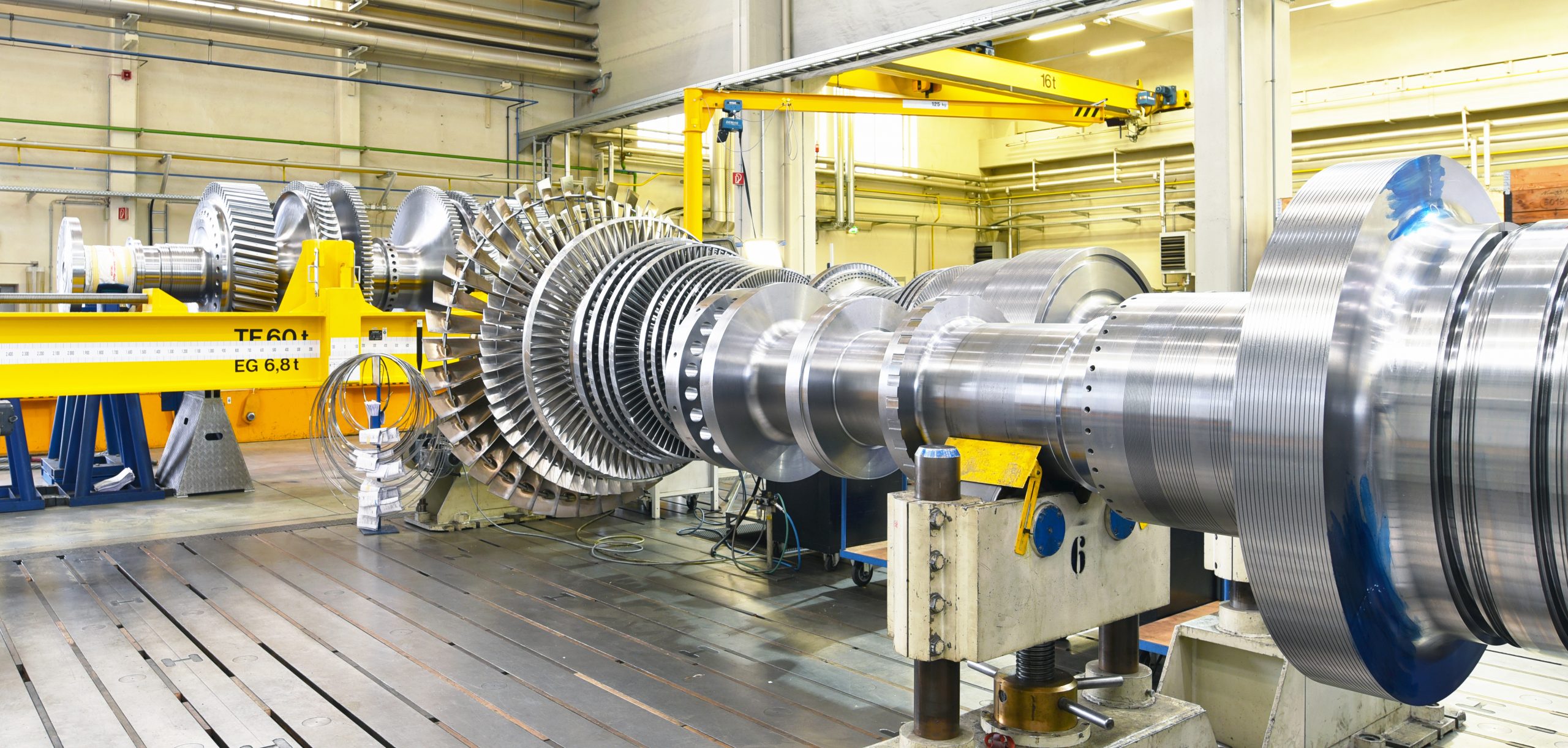Lester Allan Pelton designed an impulse water turbine in the 1870s and named it Pelton Turbine. Impulse water turbine converts the potential and kinetic energy of the impulses of moving water into the mechanical energy in order to rotate the water wheel.
Water wheels are in used for centuries. Initially, they were mainly used to milling flour, grinding wood, hammering iron, pounding fiber, and crushing ore. Now, it is mainly used to generate electricity. Before the advent of Pelton Wheel, several other water wheels but this impulse water turbine was better than its predecessors as it has the ability to extract more energy from the dynamic speed of the water[1]. The original patented drawing is shown below in figure 1.
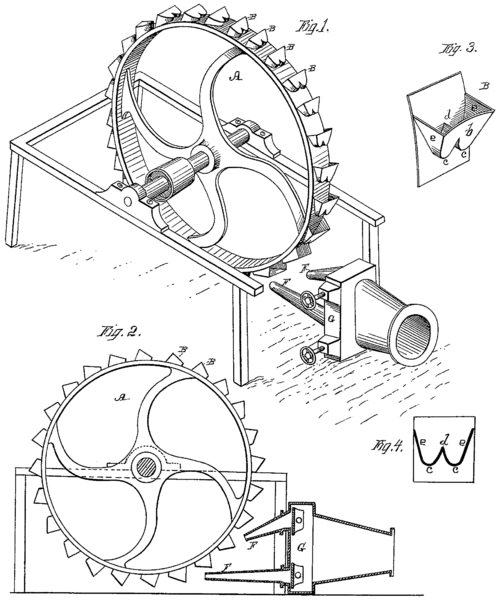
Fig 1: Original drawing of Pelton turbine by L. A. Pelton (US Patent 233692)[2]
The design of Pelton Wheel was smartly designed but it is easy to understand. This wheel contain buckets (represented by B in the fig 1) to extract the kinetic energy of the water. Two nozzles (indicated by F) are used to further increase the speed of incoming water.
The speed of water jet from nozzle plays the central role in identifying the total extractable power from the turbine. As per the design of Pelton, the face of bucket should be 2.5 to 4 times broader than the diameter of the water jet. In this way bucket will take the full impact of the jet. The buckets in this wheel are placed closely so that water jet hit the bucket at any given instant.
This figure 1 is the basic scheme of the Pelton water turbine but few aspects of this turbine like nozzle generation mechanism, number of buckets, material of wheels, and size of wheel vary with the condition and requirements. The following figure 2 is showing the geometry of Pelton wheel.
The geometric diagram of the Pelton Wheel [3]
If the head of source of water is h then the theoretical values velocity and other variables can be calculated through following equations.
Velocity of water jet = V = √(2gh)
Net force generated by the water = ρ[V + (V – 2u)]Q = 2ρ(V – u)Q
Torque of the wheel = FD/2 = ρD(V – u)Q
Power generated by the turbine = Fu = 2ρu(V – u)Q
Efficiency of the turbine = η = 4u (V-u)/V2
Where
U = peripheral velocity
Ρ = density of water
Q = flow of water’s volume rate
D = diameter of the pitch of wheel
If the velocity of the water moving out of bucket is zero than it means the entire kinetic energy of the water has been converted into mechanical energy. So, the main objective of Pelton turbine is to minimize the loss of kinetic energy of water jet. Although Pelton is the trade name of Lester Palton’s invented water turbine but all similar type of turbines are now referred as the Pelton turbine.
[1] Calvert, J. B. (2010) Technical derivation of basic impulse turbine physics. Retrieved From http://mysite.du.edu/~jcalvert/tech/fluids/turbine.htm#Impu
[2] http://patimg1.uspto.gov/.piw?Docid=233692&idkey=NONE
[3] Calvert, J. B. (2010) Technical derivation of basic impulse turbine physics. Retrieved From http://mysite.du.edu/~jcalvert/tech/fluids/turbine.htm#Impu

